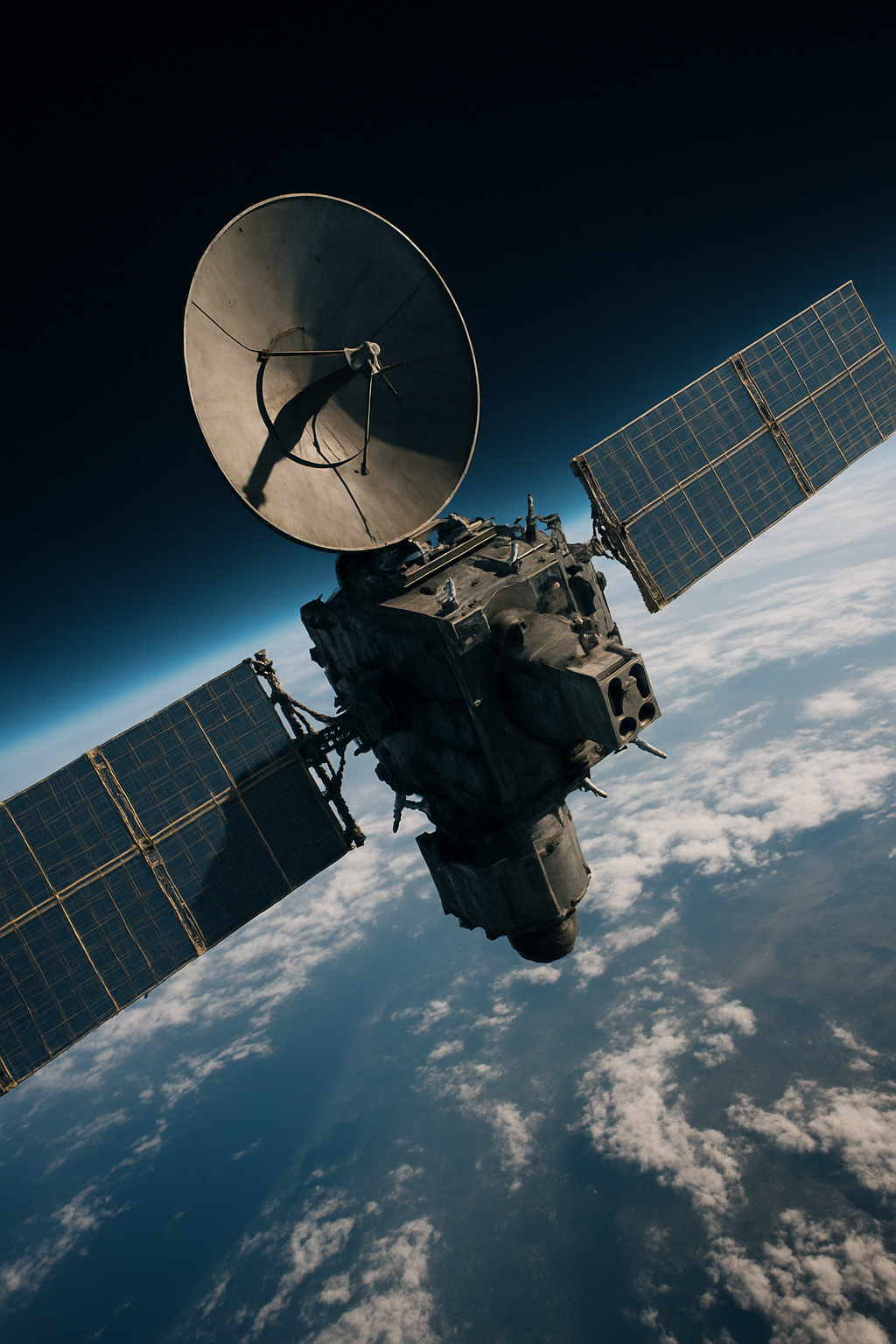In a significant step towards enhancing national security, India has announced a bold plan to launch 52 dedicated defence surveillance satellites by 2029. This development comes in the aftermath of Operation Sindoor, a major security exercise that highlighted the urgent need for more robust space-based monitoring systems.
The ambitious satellite project is part of a broader push to modernise and expand India’s defence capabilities across all domains—land, sea, air, and now space. Officials say the upcoming constellation will provide round-the-clock surveillance, enabling real-time monitoring of strategic regions and potentially hostile movements across borders.
Learning from Operation Sindoor
Operation Sindoor, recently conducted by the Indian Armed Forces, served as a crucial turning point. The operation underscored the gaps in current surveillance infrastructure, particularly in terms of persistent, high-resolution monitoring of sensitive areas. Defence analysts observed that while India possesses notable satellite capabilities, many are dual-use or limited in coverage and responsiveness.
In response, the government has fast-tracked a proposal to deploy a constellation of defence-specific satellites. These satellites will be designed to provide high-resolution imaging, radar-based tracking, and communication support for military operations.
ISRO to Spearhead Technological Backbone
The Indian Space Research Organisation (ISRO) will play a central role in developing and launching the satellites, in close coordination with the Defence Research and Development Organisation (DRDO) and the Indian Armed Forces. The new satellites are expected to include a mix of electro-optical, synthetic aperture radar (SAR), and electronic intelligence (ELINT) payloads.
A senior official from ISRO confirmed that the organisation is already working on mission designs and launch schedules, with several satellites slated for deployment as early as 2026. “We’re looking at a phased rollout, prioritizing regions with strategic importance,” the official added.
Multi-Domain Surveillance and Strategic Reach
The upcoming constellation will not only monitor India’s terrestrial borders but also extend coverage to the Indian Ocean Region (IOR), a vital area for maritime security. This enhanced surveillance capacity is expected to provide early warning against intrusions, detect suspicious maritime activity, and improve battlefield awareness for decision-makers.
Experts believe the move also signals India’s intent to assert a stronger presence in space-based defence, aligning with global trends seen in countries like the United States and China, both of which have significantly invested in military satellite infrastructure.
Looking Ahead
With this initiative, India is set to transform its space capabilities from a mostly civilian-oriented program to one with a sharp strategic edge. The planned satellites are expected to operate in different orbits, providing both broad coverage and focused, tactical observation as needed.
If executed as planned, the deployment of 52 defence satellites by 2029 will mark a milestone in India’s evolution as a space and defence power, reinforcing its readiness to address modern security challenges in an increasingly contested and complex geopolitical landscape.








